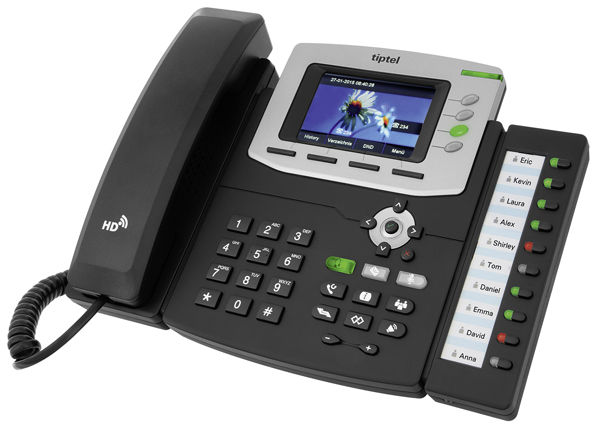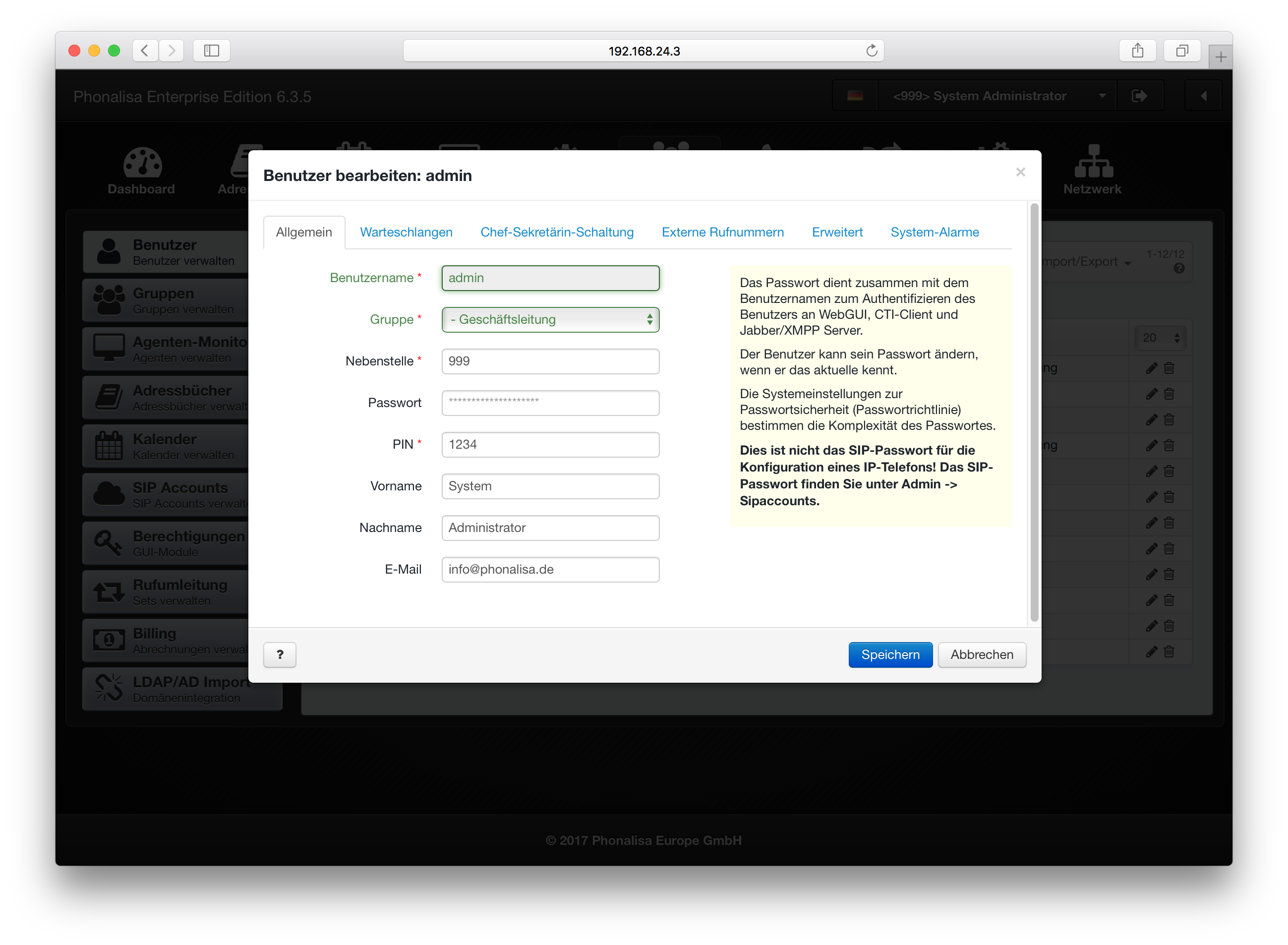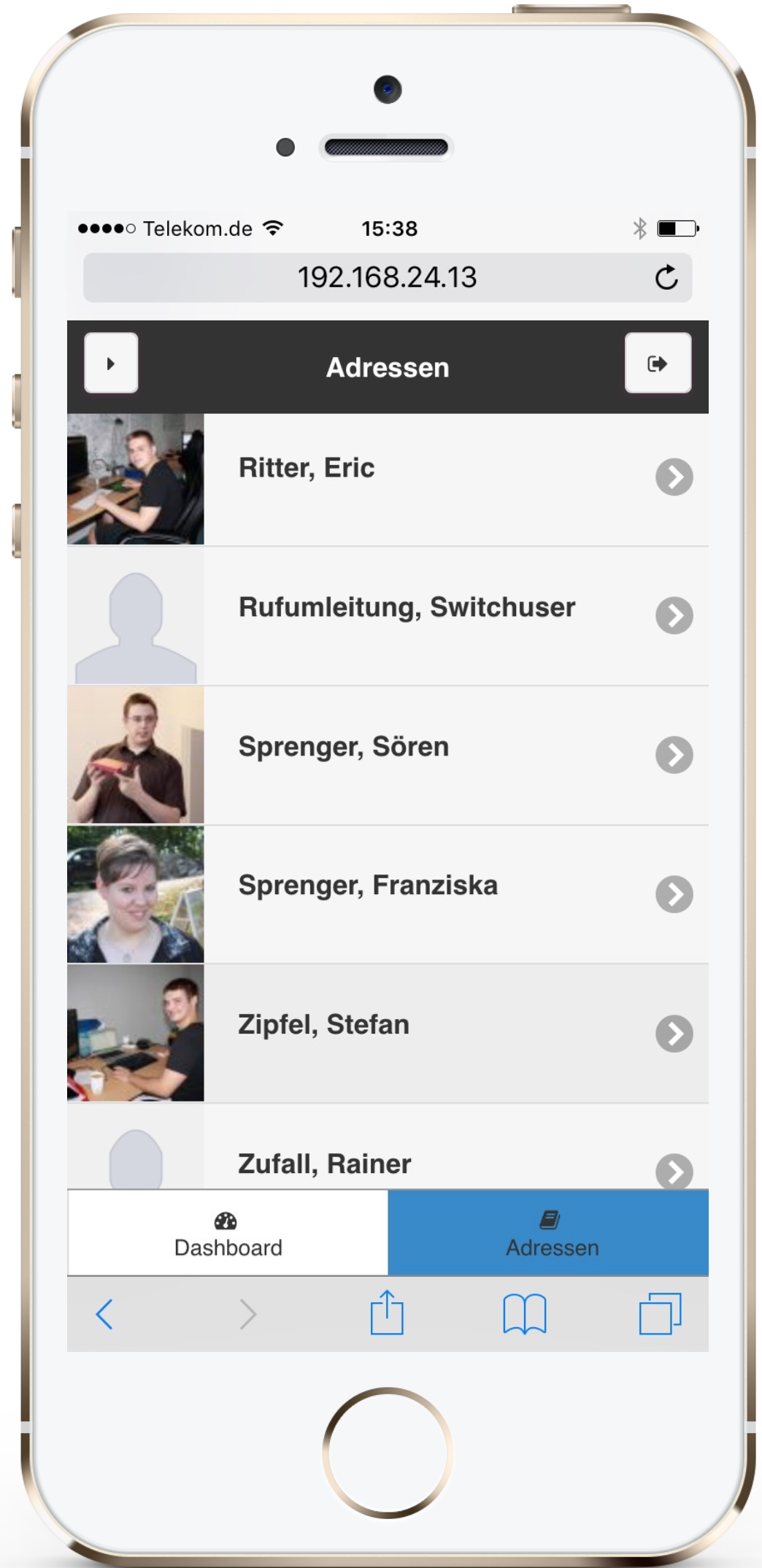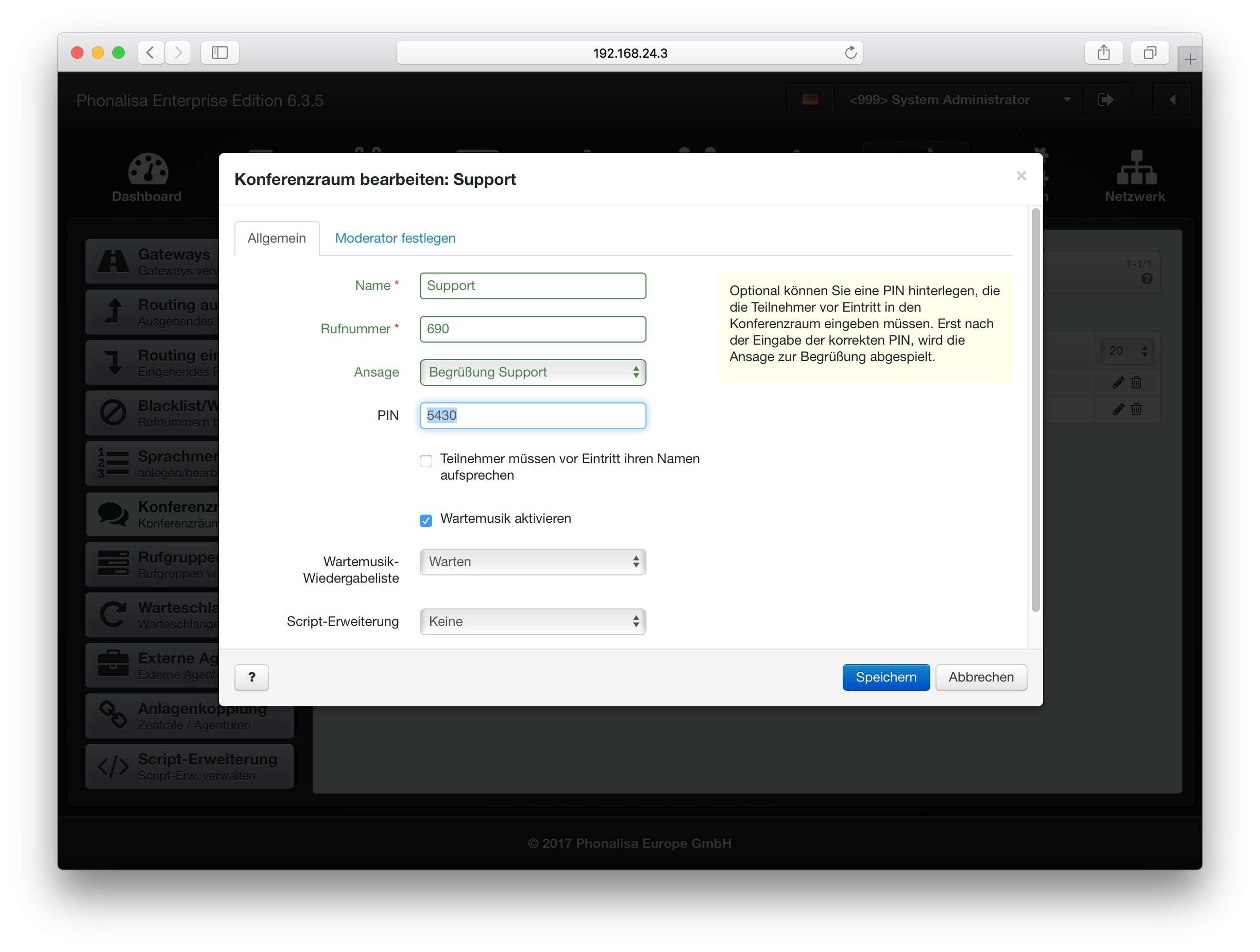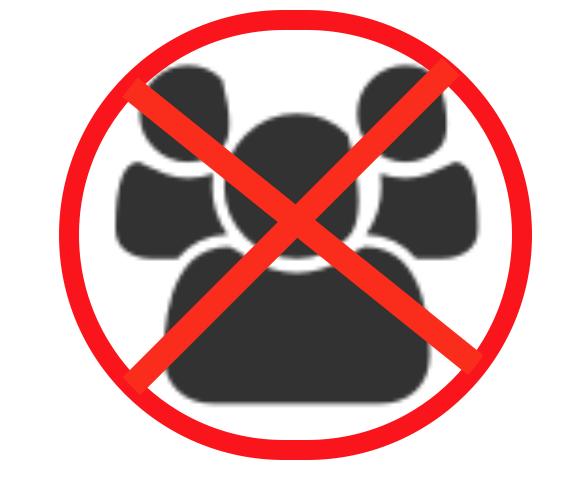All telephony functions of conventional telephone systems
Toggle (change) between several call subscribers
Simply switch back and forth between several callers. The held caller always hears music on hold.
Call Forwarding
Forward calls to internal extensions or external numbers. You can do this as well before you have accepted the call.
Forward "Blind" or forward with query
You can “blindly” forward calls to another phone number/extension – without first asking. However, you can also inform the other party and consult them first – then forward the caller.
Call waiting
our phone is busy and you still don’t want to miss it when you are called? Then you can activate the “Call waiting” function. You will then hear a tone in the telephone when another incoming call is received and you can accept/hold or reject the further call.
Three-way conference call
You can open a conference call for up to 3 participants directly via your telephone. The devices supported by Phonalisa Provisioning will guide you step by step to the conference. For conference calls with more than 3 participants, you can create a conference room via the Phonalisa web interface.
Call pickup
Calls can be picked up quickly and easily from another phone. If, for example, you know that your colleague is not available at the moment and has not activated forwarding, you can forward his calls directly to your terminal device by pressing a key on the telephone. You can do this via a function code or via a defined BLF key (busy lamp field).
Central call dropping area
Calls that are not assigned or not answered can be forwarded to a central drop-off point. This is the last instance where the calls can still be processed. You can freely define whether it is an internal extension, a group, a queue or another phone number of the internal telephone system. Central drop-off points can be created for each individual user, for each group and for the entire system.
CLIP and CLIR
You can suppress your phone number for internal and external calls, the called party then sees “anonymously” on his telephone display (CLIR).
You can also edit the phone number you send out so that not every called party sees your internal extension immediately. For example, you can display the phone number of the central (CLIP).
DND-Function
The DND function (do not disturb) can be activated and deactivated via the telephone key. It is used, for example, to make your telephone unavailable to internal and external callers, and the caller hears a busy signal. This function is intended, for example, for call center agents who need follow-up or preparation time between their calls.
Simple administration via intuitive web interface
- Quick and easy administration
- Multilingual web interface
- Comprehensive manual
- Help button on the entire web interface leads to the corresponding manual chapter
- Tutorials explain the most important functions
- Context help in almost all modules: each field provides a help text
Mobil optimized Interface
- Call list always at hand
- Click2Call: Calling contacts directly from the address book
- Click2Mail: Send an e-mail to the contact immediately
- Optimized for touchscreen operation
- the most important functions are easy to use on the go
- Platform independent for mobile browsers
Phonalisa Conference Rooms
- Unlimited number of participants
- Flexible conference rooms with PIN query
- Conference room moderators
- Individual music on hold and greeting of the participants
- Participants can speak their name when entering the event
- Conference rooms directly accessible from the outside

